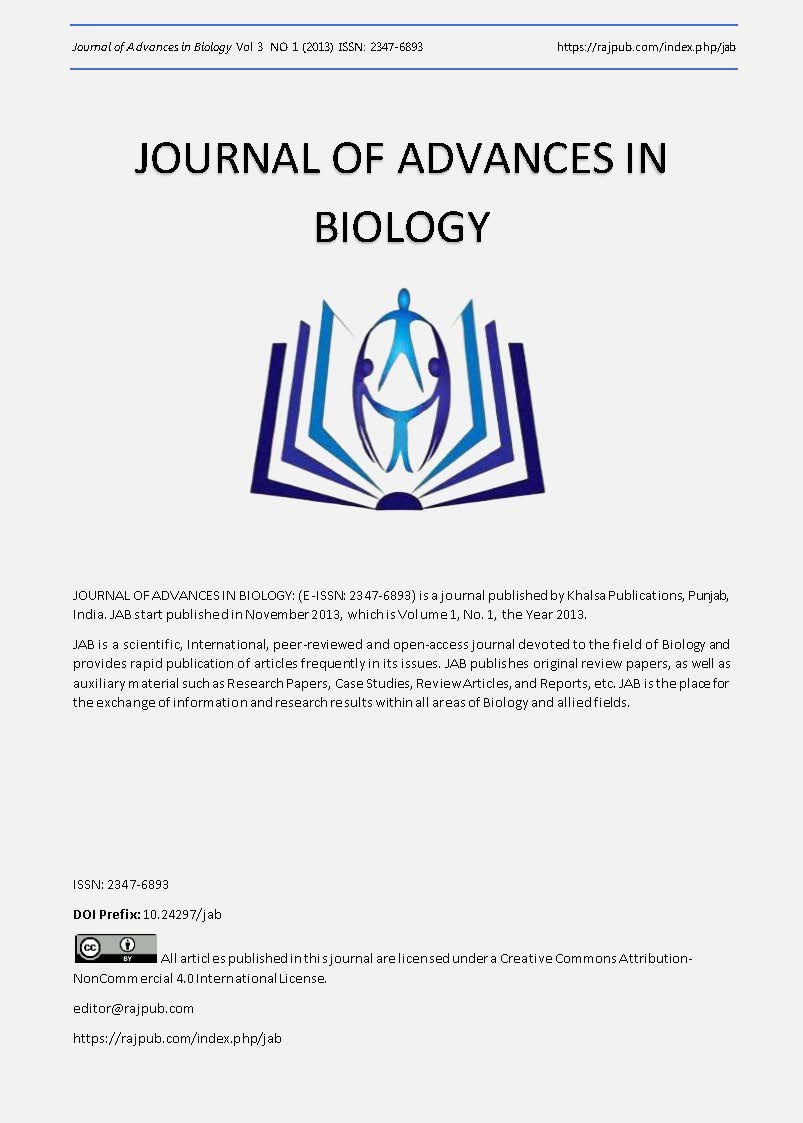Use strategies of native soil N for food crop productions in West-Africa
DOI:
https://doi.org/10.24297/jab.v3i1.5526Keywords:
denitrification, Leaching, Mineralization, Nitrogen, Oryza sativa L, Rice, Rice based systems, West Africa., Cote d IvoireAbstract
The use of native soil nitrogen for crop production would be an ideal manner of producing food crop at low cost, in a sustainable way within a protected environment. Achieving this goal, requires the application of technical strategies aiming at maximizing N mineralization and availability in soil and ensuring its efficient use by the food crops. In this paper, technical options to manage native soil N fluxes during the dry-to-wet season transition period (DWT) involved the use of improved fallow (pigeon pea) to retain native soil N on the upland slopes, and of nitrate catch crops (Brachiaria and Sesbania green manures) to temporarily immobilize incoming N from the slope in the lowland of the wide representative inland valleys. These types of slope management resulted in three extreme situations of interflow contribution from the slope to the lowland during the 3-months DWT. Data from 1997 indicate a flush of mineral soil N occurring during the first half of the dry-to-wet season transition period, with higher amounts of nitrate found in lowland than in upland ecologies (92 vs 78 kg N ha-1) of rice based systems of Co´te d Ivoire. In the present experiment, the presence of planted pigeon pea fallow on the upland slope conserved some 12 kg of soil nitrate-N ha-1 during the transition season. In the absence of pigeon pea (bare fallow), 47 kg N were translocated from the upland into the lowland. In the lowland about 20 kg nitrate-N ha-1 were absorbed by the growing biomass and thus saved from loss. Upon incorporation of this biomass in the course of land preparation, lowland rice yields increased significantly by up to 1.1 Mg ha-1 (p<0.04) compared to the bare fallow lowland plots. The use of improved fallow appears to be a suitable option to capture nutrients that would otherwise be lost. The effectiveness of such options and their adoption by farmers requires further studies.
Downloads
Downloads
Published
How to Cite
Issue
Section
License
 All articles published in Journal of Advances in Linguistics are licensed under a Creative Commons Attribution 4.0 International License.
All articles published in Journal of Advances in Linguistics are licensed under a Creative Commons Attribution 4.0 International License.




